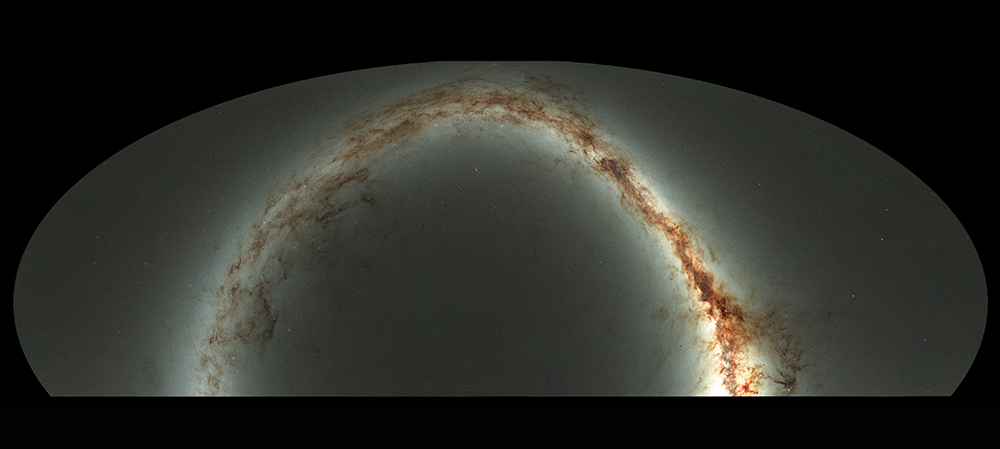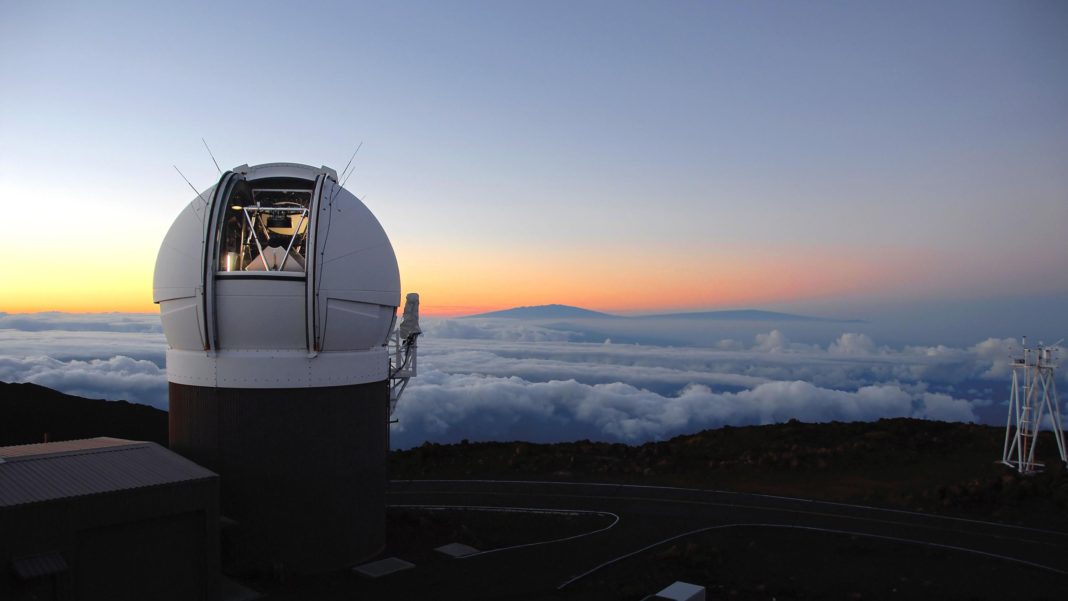Depending on who you are, where you live in the world, and what interests you have, you may or may not have heard of Pann-Starrs. So, for those of you still in the dark, let me tell you a little more. Pan-Starrs stands for the Panoramic Survey Telescope and Rapid Response System and is essentially the biggest digital mapping system ever made.

This very important telescope has been capturing images since 2010 from its location on a dormant volcano of Maui, Hawaii, and for the first time since, the astronomers in charge of Pan-Starrs have released their first set of survey results. The results are mapped across a big data universe that lists all the colors, brightness and positions of three billion individual stars, galaxies, and other space objects. Taking up around two petabytes of data, it’s a plethora of information and an astronomer’s dreamland.
Pan-Starrs holds all this data under lock and key in the Mikulski Archive for Space Telescopes at the Space Telescope Science Institute in Baltimore, where it’s available for those in the know. However, in 2017, Pan-Starrs staff members are hoping to get a catalog produced of how progress is coming along and include any updates there may be also. And although Pan-Starrs might be the biggest digital mapping system at the moment, but rest assured, it won’t be forever. Over in Chile, The Large Synoptic Survey Telescope is now being built by the National Science Foundation and it will be capable of surveying as many as 37 billion stars and galaxies every night. But, we still have to wait until 2022 before we’ll see a glimpse of that powerful machine.
More News To Read











